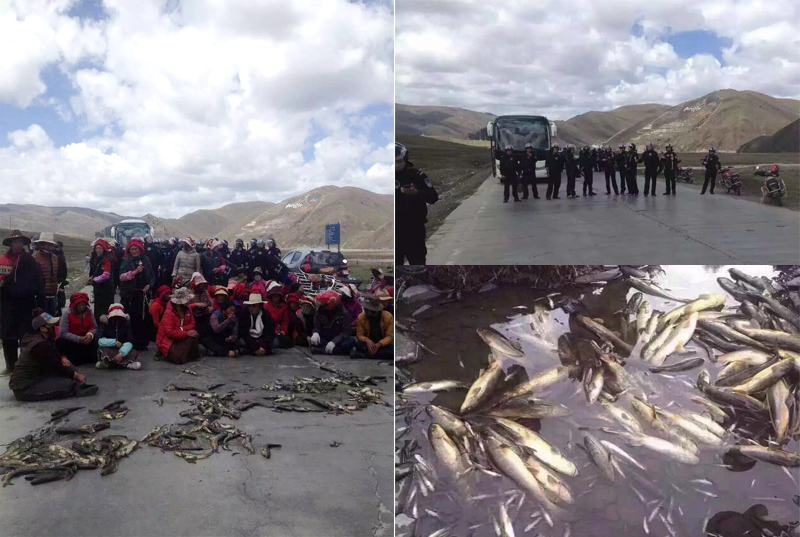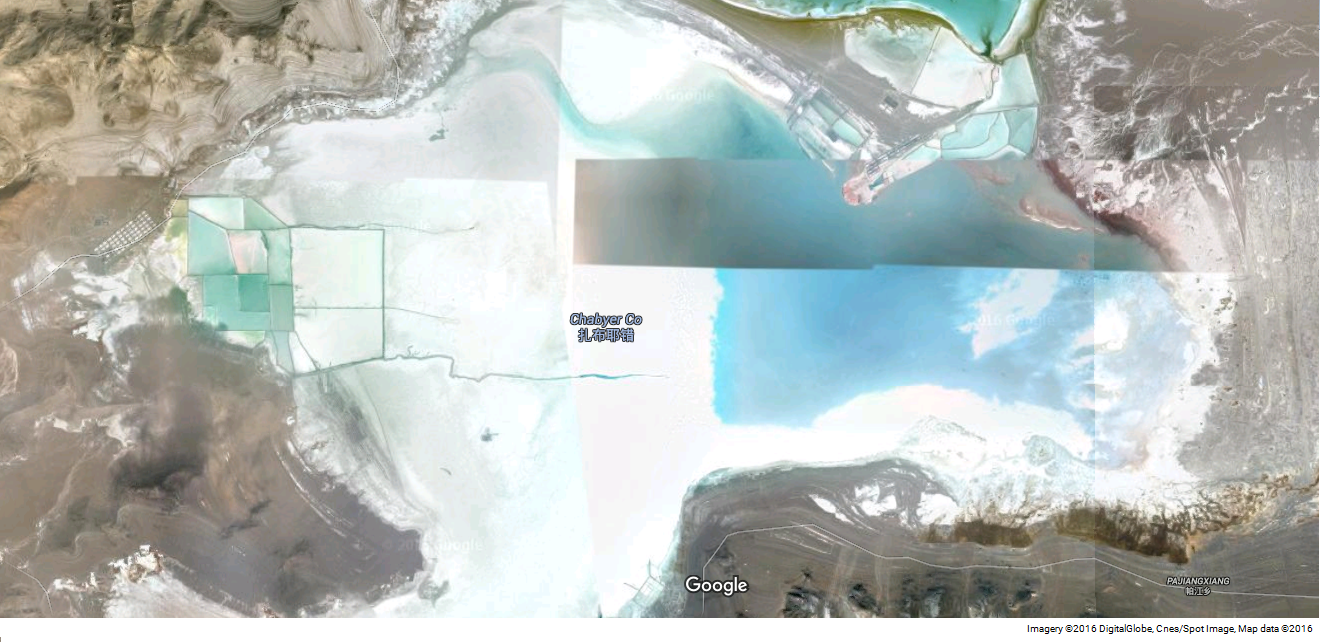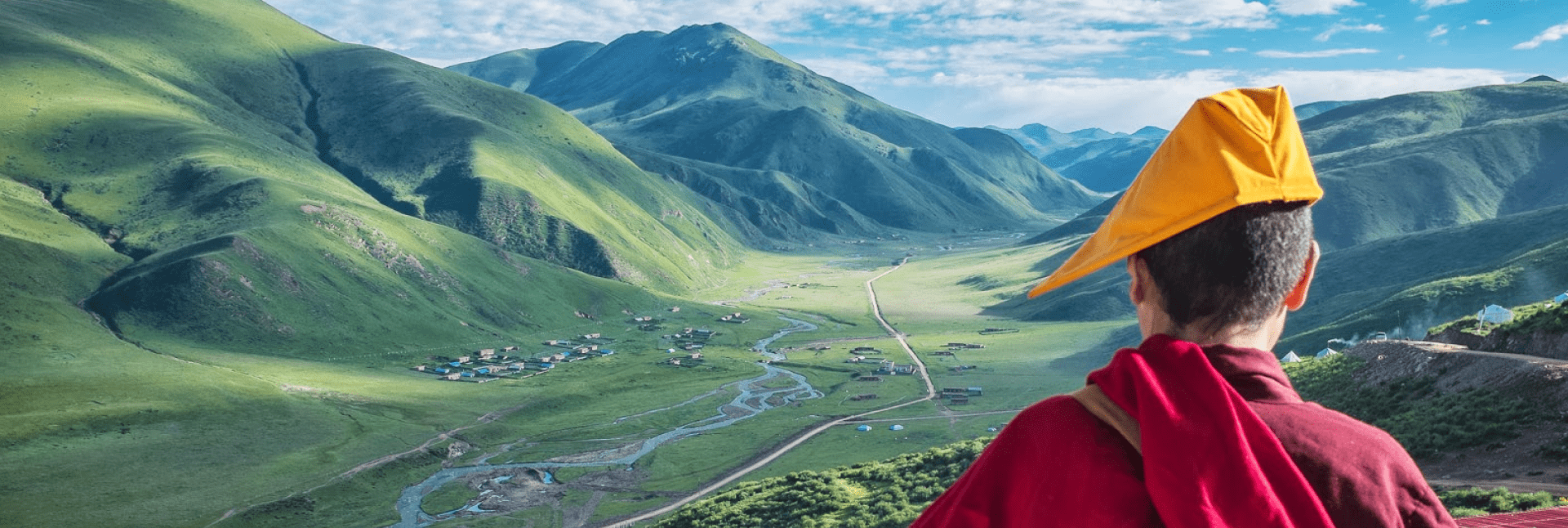The Rush for Lithium
Green transport in one place should not come at the cost of environmental and social damage in another. For the people of Tibet, this is a real threat with the extraction of lithium for use in electric buses.
Labelled by some sources as the new oil, lithium is a key element in batteries for many of the consumer goods that people around the world rely on, including laptops, cameras and smartphones. Across Tibet’s vast terrain are salt lakes that contain some of the largest lithium reserves in the world.
In the rush to join the lucrative market for lithium batteries, several Chinese companies have moved into Tibet. This move is backed by the Chinese government but has met opposition from Tibetans who have experienced the environmental costs of lithium extraction first hand.
Among the companies to move into Tibet, the largest is BYD, a Chinese battery and vehicle manufacturer and the largest producer of electric transport in the world.
Electric Vehicles
The demand for electric vehicles, which are powered by lithium-ion batteries, has surged in recent years. Chinese companies have rushed to join this boom, with vastly increased production of electric transport, backed by the Chinese government.
In March 2016 the Chinese government announced its 13th Five-Year Plan, which laid out the country’s economic, political and social development until 2021. The plan highlighted the economic benefits of renewable energy for China’s economy, which in turn means increased lithium production.
Threatening Tibet’s Environment

Effects of Lithium mining by the Lichu River in Kangding, Garzê, eastern Tibet
Tibetans have no say over China’s lithium extraction, and see none of its benefits. What they have seen is pollution and the build-up of factories and other infrastructure across Tibet’s once pristine landscape.
The two principal methods of extracting lithium, brine harvesting from lakes and hard rock mining, both carry risks of environmental and social damage due to the toxic chemicals required. The Ganhetan industrial zone, for example, is well-known among Chinese scientific investigators for its air pollution, which has been accompanied by increased rates of fluorosis, a disease that causes teeth to become brittle. High concentrations of toxic metals in the soil have made the surrounding area unsuitable for agriculture.
Toxic chemicals used by the Ganzizhou Rongda Lithium in Dartsedo, eastern Tibet, have found their way into the Lichu River on more than one occasion, killing fish and farm animals belonging to the community of Minyak Lhagang. After one such leak, in April 2016, the residents of Dartsedo County defied a large police presence to protest to the local government, securing a temporary halt to the extraction.
BYD and Public Transport
One of the largest producers of electric vehicles in the world is the Chinese company BYD. BYD, whose headquarters are in Shenzhen, southeast China, is the largest manufacturer of lithium-ion batteries in the world and has sold vehicles to transport authorities in Europe, Asia and the Americas, as well as in China. It claims to have outsold all other manufacturers of electric vehicles around the world in 2015 and has expanded its operations to the US, where it set up a production plant. The billionaire investor Warren Buffet bought a 10 percent stake in the company in 2008.
BYD has established itself in Tibet with decisive support from the Chinese authorities, who in 2010 gave BYD exclusive rights to the precious lithium salts in Tibet’s Chabyer Tsaka Lake. Chabyer Tsaka, known in China as Lake Zabuye, is a massive salt lake in southwest Tibet with an extraordinarily high concentration of naturally-occurring lithium carbonate in its waters.

In this aerial view of Chabyer Tsaka, a build-up of lithium production facilities can be seen in the east and northwest shores of the lake. Evaporation pools, used to extract lithium salts from brine, are visible on the northwest side, while roads on the southeast side connect the lake to the city of Shigatse.
Raiding Tibet’s Resources
The extraction of lithium and Tibet’s other resources is taking place without the consent of Tibetans and solely for the benefit of the Chinese government and Chinese companies. Free Tibet’s new video explains China’s plans for Tibet’s resources and how its extraction affects Tibet’s landscape and people. Give it a watch and then share it to spread the word.
For further information on Lithium, read Free Tibet’s report (PDF) on the effects of lithium extraction in Tibet.


